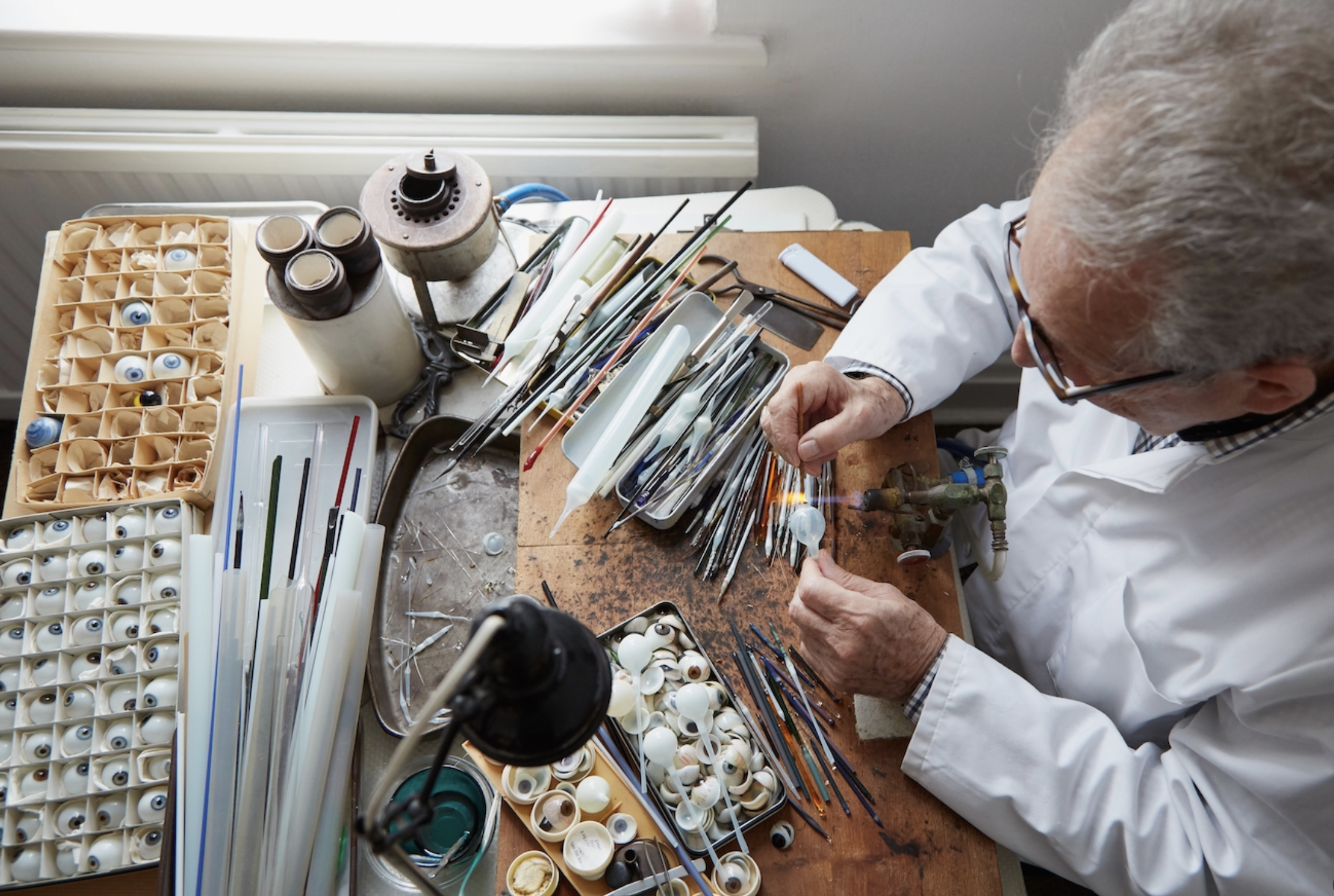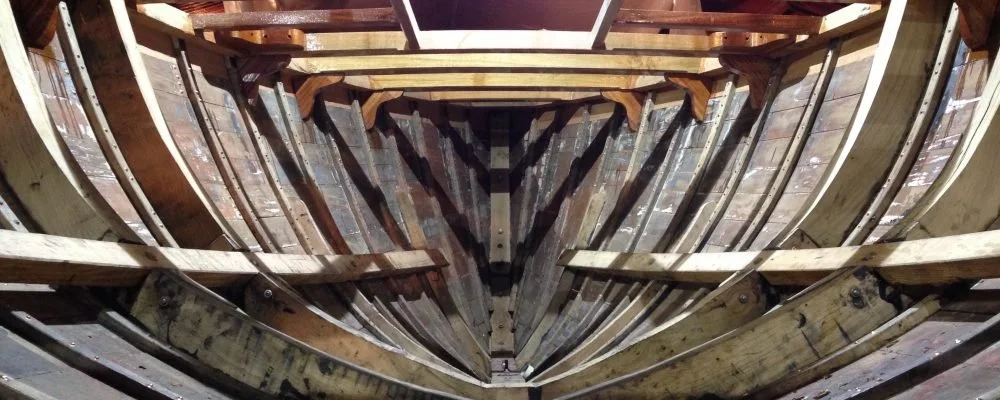Endangered Crafts (not craft!)
We used to have a conversation starter when long distance cruising aboard FAIR WINDS that went something like this. If you were teleported to Rome in nothing but your jocks… and arrived in 44 BC, just as Julius Caesar was being assassinated, what skills or knowledge would you have in your head that you could explain and demonstrate to Roman society to improve the citizen’s lives.
It is surprising how little most people could pass on. We can’t build an iPhone, let alone a 5G network! I know little about medicine and can’t do a appendectomy. I could perhaps suggest a few hygeine tips, but the Romans wern’t too bad at cleanliness anyway! I’d definitely explain to them the benefits of using the ten Arabic numerals 0, 1, 2, 3, 4, 5, 6, 7, 8, and 9 rather than their clunky I,V,X etc… and I might be able to help them improve the windward performance of their sailing craft, which was neglidgeable without rowing.
So what’s my point? What I’m really trying to say is that craft, knowledge of the actual rather than the virtual, manual knowhow, and generational information transference is vital to ensure that skills we are slowly losing as we stare at our screens, are kept alive to be adapted and cherished!
There’s a recently published list, by the The Heritage Crafts Association in the UK which Draws on the conservation status system used by the International Union for Conservation of Nature Red List and the Rare Breeds Survival Trust Watchlist. The HCA uses a system of four categories of risk to assess the viability of heritage crafts.
A heritage craft is considered to be viable if there are sufficient craftspeople to transmit the craft skills to the next generation. The four categories are “Extinct in the UK”, “Critically Endangered”, “Endangered” and “Currently Viable”. Crafts that are now extinct include Cricket Ball making, Mouth-blown sheet glass making and Gold Beating.
My favourite on the critically endangered list is “Glass Eye Making”
Jost Hass-The last glass-eye maker in Britain
But perhaps the most relevant inclusion to readers of this publication, is the addition of “Boat building (traditional wooden)” to the “Endangered” section of the 2023 list.
According to the report there are now in the UK only 21-50 professionals boat builders whose full-time occupation and main income comes from carrying out all aspects of traditional boat building.
There are between 50-100 professional boat builders who work on wooden boats but this is a sideline to their main income.
The report goes on to list issues affecting the viability of the craft of wooden boat building
Loss of regional boat types – Boat builders are heavily concentrated in the south of England, which increases the risk of losing other regional boat types and their associated skills and knowledge.
Loss of traditional skills – Due to market pressures and efficiency, most boat builders will (understandably) carry out both traditional skills and modern construction methods. However this could lead to some skills such as ‘building by eye’ and other hand skills becoming increasingly scarce.
Threats to UK maritime cultural heritage and a lack of government commitment to heritage skills and intangible cultural heritage in the UK – Shipwrighting and the restoration of large boats was cited as an area of concern with most of the skills concentrated in one or two businesses. It was felt that this, in addition to the loss of regional boat types, could pose an ongoing threat to the maritime cultural heritage of the UK. See also Shipwrighting.
Training routes – Boat building is well served for college based training with a healthy number of graduates. However, it was felt that these opportunities were not available to everyone and that there was a limited amount of funding to support those on lower incomes. There could also be more options for training including more apprenticeships and practical ‘hands-on’ work experience.
Lack of diversity in the sector – Most respondents were male (89%) and aged over 40 (70%); the dominant age category is 50+ (58%).
Sourcing raw materials – including timber, copper nails, roves etc. This has been further exacerbated by Brexit.
Business costs and overheads – energy, premises costs, high costs of labour and materials
Shrinking market for traditional boats – only the wealthy can afford to buy or own a boat
Loss of boatyards – waterside frontages and workshop rents have become prohibitively expensive
Recruitment and retention – recruiting people with the necessary skills, experience and the ability to work to a commercial timescale is becoming a problem. Difficulty in recruiting apprentices was also cited as an issue. Low rates of pay can mean that it is difficult to make it a viable occupation, particularly in the south of England where accommodation and cost of living are expensive.
Restoration and repair – there is an increasing market for restoration and repair, rather than building new boats
Lack of practical education in school.
I’m rather shocked by these statistics. Anecdotally, I feel that here in Australia and New Zealand the situation isn’t quite this dire; I can think of 20 current major restorations or new builds without really trying. But let’s not get complacent. Deep and generational knowledge is the life blood of the wooden boat world.




